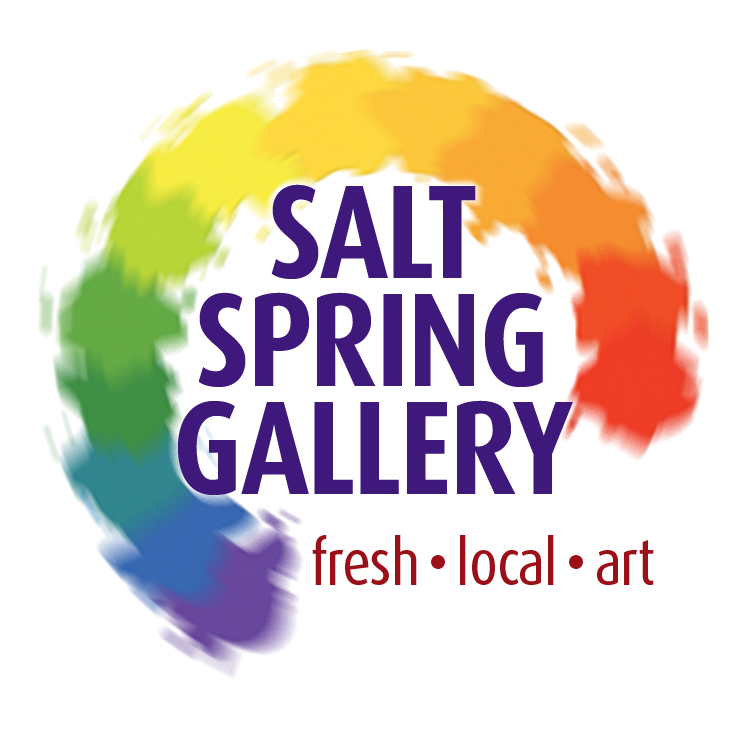On Wednesday Nov. 4, Prav Pillay held a reception for his first new exhibit in seven years. His show, titled "Witness" opened in the back room of the artist-run Salt Spring Gallery.
First impressions are important, but they can also lead us astray if left unexamined. My first impressions on entering the exhibit for its opening was that this show was stark, uninviting, unfinished. That impression was reinforced by the strong contrast between the aesthetics of Prav's show and the warmth, colour and friendly chaos of styles, media, and expression so typical of the offerings in the rest of the gallery.
And then it struck me that there was something very interesting going on here. Something that is hinted at in the title but that we, as viewers must work at to decipher, to actively engage with before it reveals its secrets (unless, of course, you cheated and read the artist statement before engaging with the show).
Ostensibly, the show consists of 19 very intimate portraits in black and white: panorama-style croppings of eyes. The images are "framed" with a frameless white backing, mounted very simply on aluminum. Each image is relatively small - you are compelled to move close in - and yet larger than life. Each image is accompanied by what is essentially a time stamp. No other information accompanies the images (no, forget about the statement for now). At this point the starkness of the show seems reinforced: simple, unadorned frames, uninformative captions, and the entire room is empty of any additional props that might soften this impression.
Oh, but in the centre of the room is a rectangular bench, also simple, utilitarian and somewhat uninviting. For me, stuck in my first impression, it wasn't until I sat down on that very hard bench and soaked in the show as a whole that the illusion of a stark, uninviting atmosphere dissipated. And it did so with a clap! Suddenly I realized that I, the one sitting in that room, had been invited to participate in a dialogue: a dialogue, the subject matter of which I had not been consciously aware and the language of which sounded, at first unintelligible, much like voices at a distance before individual words become clear.
What I became aware of in that moment was that the starkness, the sense of disconnect that I had been feeling was very much intentional. I began to feel a sense of focus. No longer did I see the show as stark and uninviting but as a deliberately staged set the goal of which was to draw me in - no distractions.
And that was when I snapped back to the title, "Witness". Who are these witnesses? What are they witnessing? These questions started to course through my admittedly addled grey matter. And concrete answers to those questions can be found in the artists statement. But what struck me as far more important than the specific answers the artist might provide for me was that once I asked the questions, once they rose to a conscious level another, far more interesting question popped into my mind - one that still haunts me now as I contemplate the work from a distance, both in space and time. The question, as I sat on that bench looking around was this: who, exactly is the witness here, the eyes on the wall or me, the ostensible audience? I felt myself viscerally drawn into the the very act of witnessing. This junction was for me the beginning of the real dialogue I saw as inherent in Prav's show.
The show is open until November 18. Take it in, engage in the process, witness for yourself.
Greg Klassen
135 McPhillips Avenue
BC V8K 2T6
250-931-0011
Your Custom Text Here

